Many tennis fans find it difficult to warm up with the winner of the Porsche Tennis Grand Prix. Wrongly so, because Karolina Pliskova shows many things that even the recreational player can learn from.
By Florian Goosmann from Stuttgart
“It never shows emotion.” “It’s so unspectacular.” “I won’t get carried away.” These or similar statements are often heard at matches by Karolina Pliskova. The Czech has a quite fine game (and a fine kind), if you look closely. The ultimate hulking of praise for the Stuttgart winner.
***
Let’s start with the sound. Pliskova plays the classical Czech school: just not too much spin! When she hits the ball, it is a pleasure for the musically skilled tennis fan. With her the ball makes a certain extra pop – a dream for connoisseurs!
Conversely, this does not mean that Pliskova “only” beats. On the contrary: Ex-coach David Kotyza, the long-time coach of her compatriot Petra Kvitova, apparently wanted to make Pliskova the second “K-Viddy”. Faster points, please! Pliskova did not want this and separated from Kotyza. In Stuttgart she said: “I need the timing for the shots, I’m not the type to kill the first or second ball. I play aggressively, and if a direct point jumps out, that’s a plus. But I need rallies.” Beautifully explained that “aggressive” is not always synonymous with “shooting from any position”.
Pliskova moves rather… well, let’s just say she’s not David Ferrer. It often looks a little stiff, and that’s the tactical tip against it: don’t fire along, but move. “Move her, move her, move her”, prayed the coach of Anett Kontaveit on Saturday. The good old footwork, for every club player a quite annoying topic. Pliskova shows that you can also be successful with mediocre legs if the timing is right. Paired with their clean and simple technique, their offensive play and many free points due to the good serve, this means: less waste of energy. Pliskova is aware of that, too.
So Pliskova knows its strengths – and weaknesses. So should every club player. Pliskova knows: good serve, basic strokes good, moderate footwork, when volleying too often on the T-line instead of further in front of the net. And yes, she is working on it, but is building on its advantages. It is the old trainer discussion: Should one train the strengths? Or increases the weaknesses? Somehow both: Of course you have to work on the weaknesses, but importantly, see Pliskova: The strengths have to be right, nobody wins matches because the weaknesses are not so weak anymore, but the former great forehand suffered from it.
Keyword serve: What a help! And Pliskova knows about it. As she said after her match against Veronika Kudermetova about the fact that she had come into play badly: “It’s always important that I can hold my serve. I then believe that I can still find my rhythm – and that happened in the second movement.” That means for us: serve! Then you can get through the match on a bad day.
Another serve: What does he look like to the 26-year-old! Ball up – and on top. Without 300 jumps, contortions or other circumstances. Simple Serving – something that distinguishes many good serves.
Hard serves and basic strokes, little spin: Pliskova is not a Laura Siegemund who constantly unpacks the stop. And if it does, then not the one that falls three centimetres behind the net edge and turns it back at the end. But she has the eye when a dropshot fits. In the final against Vandeweghe she scored the points in small and small – thanks to a good overview and despite only medium sensational stops. They were nicely set against the running direction and all the more difficult to pick up. Pliskova finished the rally with the following shot. It doesn’t always have to be the direct point win…
Rejoice and cheer – with pleasure! But more on the inside. It doesn’t have to be a fist after every point, especially not after simple mistakes of the opponent. And if you need a fist, it shouldn’t go to the enemy. Pliskova had some moments during this week in which she accompanied important points with an energetic “Come onnnn! That’s what fair play looks like.
Also great: Pliskova hardly runs to the towel, especially not after double mistakes and aces – and certainly not with opposing aces and own double mistakes, as some professionals do. Exemplary!
Don’t you sometimes get the crisis to play an opponent who hardly shows any emotions? It’s much nicer when he freaks out, instead of playing tennis, he prefers racket throws and swearing tirades and gets out of concept. With “calm” opponents you often ask yourself why there is no emotion… and whether they are mentally so hardened that no drop in performance is to be expected. This is probably also the question that Pliskova’s opponents are asking.
Still waters are deep. Pliskova’s interviews are not fireworks of statements with headlines. But she does have a fine sense of humour with a touch of irony. Just like her game: unspectacular at first glance, beautiful at second.
Everything is relative, Albert Einstein already knew that. And also Pliskova puts everything in relation. Why she shows so little emotion? “There is so much suffering in the world. A winning match or an ace will never make me cheer extraordinarily. I can’t change the world by it,” she once said. A good perspective, also for the own match on Medenspielsonntag. As much as you want to win.
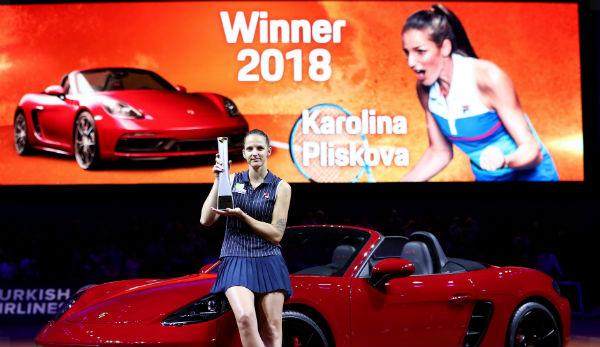



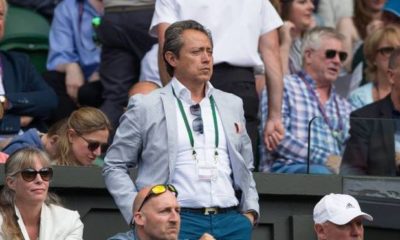

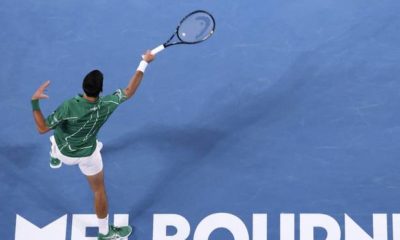
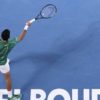
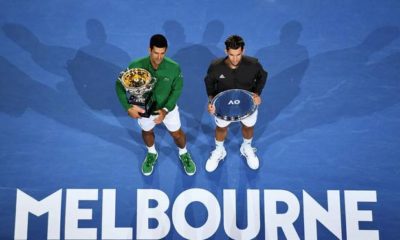

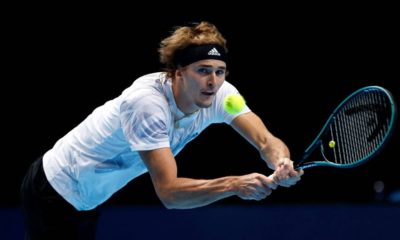



You must be logged in to post a comment Login